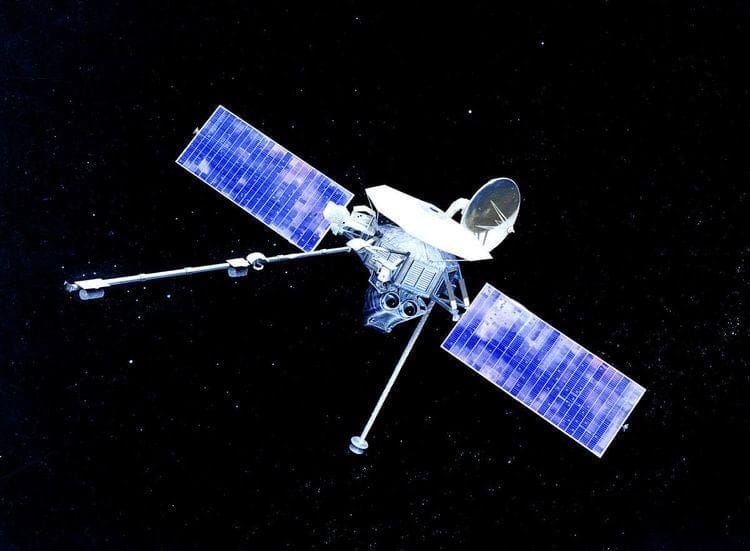NASA’s upcoming space observatory, SPHEREx—short for Spectro-Photometer for the History of the Universe, Epoch of Reionization, and Ices Explorer—is one of the most promising ventures in modern astrophysics. Scheduled for launch no earlier than February 27, 2025, SPHEREx will bring a new lens to our exploration of the cosmos. By mapping the entire sky in infrared wavelengths, the mission will offer unprecedented insights into the origins and evolution of the universe, as well as the conditions for life formation.
SPHEREx stands apart from previous space telescopes like Hubble and James Webb, which specialize in zooming into specific points for high-resolution imagery. Instead, the SPHEREx telescope has been engineered to take a broader view, mapping the entire sky in 102 distinct infrared colors—a feat unmatched in the history of astronomy. Its ability to survey the celestial expanse in such detail will fill gaps in our understanding of fundamental questions that have eluded scientists for decades.
One of the mission’s core goals is to study the phenomenon of cosmic inflation, the brief yet dramatic expansion of the universe that occurred within a fraction of a second after the Big Bang. Inflation theory posits that the universe expanded by a trillion-trillionfold during this time, setting the stage for its current structure. SPHEREx will search for unique patterns imprinted on the sky during this early phase, providing critical data that may prove or refine our understanding of this monumental event.
In addition to exploring cosmic inflation, SPHEREx will examine the Epoch of Reionization, another pivotal moment in cosmic history. This era occurred approximately a billion years after the Big Bang when the first galaxies and quasars ionized the surrounding hydrogen gas, effectively illuminating the cosmos. SPHEREx’s infrared mapping will allow researchers to track the formation and spread of structures within this era, offering a timeline for how galaxies like our own came into being.
Another major objective of the mission involves investigating the building blocks of planets, stars, and life itself. The telescope is designed to measure the abundance and distribution of essential ices that are found in the interstellar medium, the matter that exists between stars. These ices—composed of water, carbon compounds, and other elements—are believed to play a significant role in the formation of planetary systems and may even offer clues about the origins of organic molecules crucial for life.
What sets SPHEREx apart technologically is its unique design and engineering. The spacecraft resembles a megaphone, a configuration that helps its instruments stay cold and operational despite being in the harsh environment of space. Its infrared detectors require extremely low temperatures—around -350°F—to function correctly. Additionally, its wide-angle lens capability offers a perspective that complements instruments like the James Webb Space Telescope, which excels in zooming into specific regions for detailed imagery.
The mission also features a cone-shaped design to optimize its thermal performance, ensuring the instruments are consistently shielded from sunlight. By maintaining these controlled conditions, SPHEREx will deliver accurate and high-quality data, enabling astronomers to interpret infrared spectra without noise or distortion.
Once operational, the telescope will map the skies every six months, generating a treasure trove of data that will remain accessible for years to come. The mission is expected to identify billions of galaxies and stars, offering researchers invaluable datasets for various scientific inquiries beyond its primary goals.
SPHEREx will launch from the Vandenberg Space Force Base in California aboard a SpaceX Falcon 9 rocket. The mission is part of NASA’s Explorer program, a series of smaller-scale, cost-effective missions aimed at addressing high-priority scientific questions. These types of missions are key to NASA’s strategy for driving innovation while maintaining fiscal responsibility.
The SPHEREx mission represents not just a leap in technological capability but also a commitment to answering some of humanity’s oldest and most profound questions. From understanding the first moments after the Big Bang to tracing the chemical origins of water and organic molecules, SPHEREx promises to offer a panoramic view of the cosmos that could transform our understanding of the universe.



